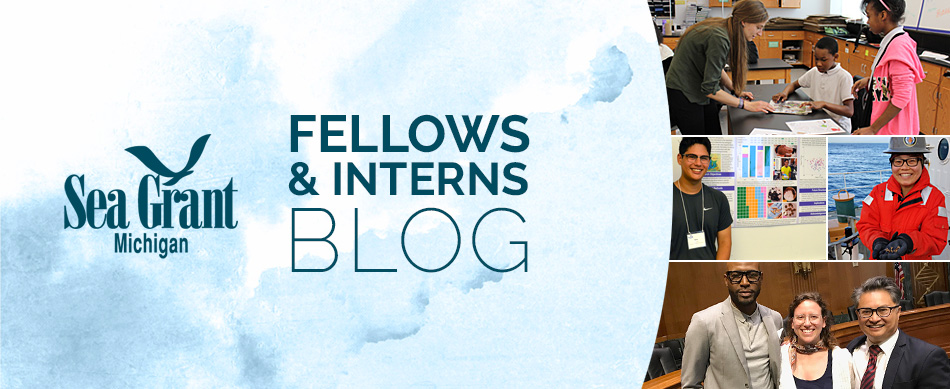That was one of the key pieces of advice given to the incoming group of Knauss Marine Policy fellows during placement week earlier this month. For myself and the other executive branch fellows, the week was spent figuring out where we might fit among the dozens of positions that were being offered. It's not easy, given the range of great opportunities in host offices in a variety of federal agencies, such as the National Oceanic and Atmospheric Administration and the U.S. Navy.
At the end of the week, all of the fellows had been placed in host offices; one of the great aspects of the Knauss fellowship program is there are more positions than fellows, so you are really in demand. I was thrilled to accept a position in the Office of Marine Conservation in the U.S. Department of State. It'll be an incredibly exciting opportunity to see how the office helps coordinate and sort out positions among its domestic stakeholders -- including various NOAA offices, industry groups and environmental NGOs -- and then engages in bilateral and multilateral negotiations with foreign counterparts on a range of issues involving living marine resources.
Heading into placement week, I was a little worried that my nontraditional background as a former newspaper reporter might create a disadvantage compared to fellows who have extensive natural science experiences. But the host offices really appreciated the interdisciplinary focus of the program at the University of Michigan School of Natural Resources and Environment, including the chance to participate in research and a team-based master's project.
My time at Michigan made me comfortable in talking with a wide variety of hosts and tailoring my experience to their offices. After we spent Sunday night at an orientation dinner and Monday receiving presentations on the fellowship positions, we signed up to interview for the positions on Tuesday, Wednesday and Thursday. We were encouraged to interview for at least a dozen positions. I signed up for 16 and spent those days traveling among NOAA offices as well as to hosts in the Department of State, Department of the Interior, Department of Energy and U.S. Navy.
The interviews were an amazing chance to talk with people who are doing incredible work and are excited and passionate to talk with you about what they are doing. Although the interviews could be exhausting by the end of the day, they provided a unique window into the ocean policy community in the DC area. It was also exciting to find many former Knauss fellows working in the host offices. In the evening, fellows had an opportunity to talk further with host offices in an informal, happy hour setting.
On Friday morning, we faced some tough decisions when the host offices' rankings of the fellows for each position were unveiled. But the Sea Grant staff who led the placement week process had created a really positive, friendly and supportive environment. I'm looking forward to getting to know my fellow fellows over the next year.

















